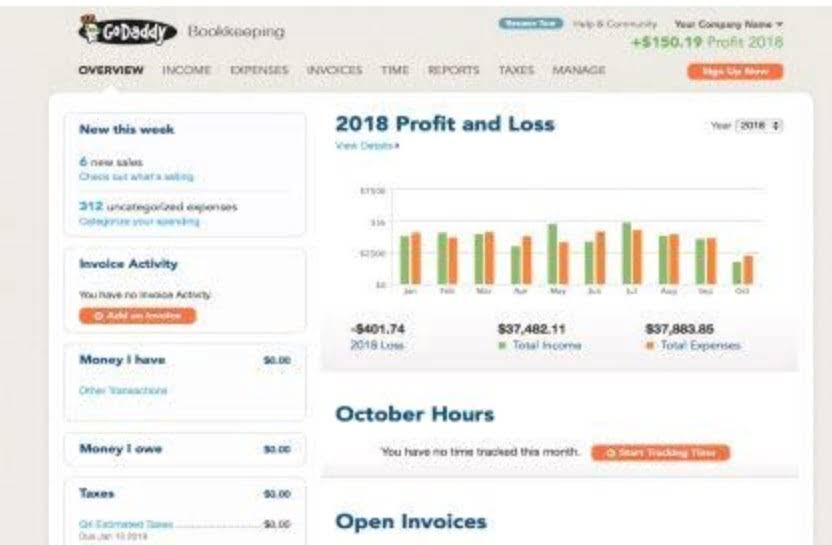
Yes, working capital can be zero if a company’s current assets match its current liabilities. While this doesn’t always indicate financial health, businesses should manage their working capital carefully to have adequate liquidity and meet short-term obligations. You’ll need to tally up all your current assets to calculate net working capital. These items can be quickly converted into cash or used up within the next year.

Negotiate favorable payment terms with suppliers
If a transaction increases current assets and current liabilities by the same amount, there would be no change in working capital. Gaining a comprehensive understanding of net working capital provides buyers the level of cash required to operate the business post transaction close, thereby avoiding changes in operating assets and liabilities unanticipated additional cash infusion. First, add up all the current assets line items from the balance sheet, including cash and cash equivalents, marketable investments, and accounts receivable. Even a profitable business can face bankruptcy if it lacks the cash to pay its bills.
Access Exclusive Templates
It is a financial cushion that allows businesses to weather economic downturns, invest in research and development, and seize new opportunities. In essence, it’s like a savings account that businesses can tap into to ensure long-term growth and adaptability in a dynamic market. Net working capital, often abbreviated as NWC, is like a financial health report card for a business.

Automate invoicing to enhance efficiency
For example, if a company has $1 million in cash from retained earnings and invests it all at once, it might not have enough current assets to cover its current liabilities. However, this can be confusing since not all current assets and liabilities are tied to operations. For example, items such as marketable securities and short-term debt are not tied to operations and are included in investing and financing activities instead. The cash flow from operating activities section aims to identify the cash impact of all assets and liabilities tied to operations, not solely current assets and liabilities.
What Impacts Can Various Changes in Working Capital Have?
- Sometimes, however, a business with a solid operating model that knows exactly how much money it needs to run smoothly still may have low working capital.
- Growth in assets or decreases in liabilities from one period to another constitutes a use of cash and reduces cash flows from operations.
- If a company can’t meet its current obligations with current assets, it will be forced to use it’s long-term assets, or income producing assets, to pay off its current obligations.
- An increase in the balance of an operating asset represents an outflow of cash – however, an increase in an operating liability represents an inflow of cash (and vice versa).
- Alternatively, bigger retail companies interacting with numerous customers daily, can generate short-term funds quickly and often need lower working capital.
- The company can avoid taking on debt when unnecessary or expensive, and the company can strive to get the best credit terms available.
This means the company has $70,000 at its disposal in the short term if it needs to raise money for any reason. In corporate finance, “current” refers to a time period of one year or less. Current assets are those that can be converted into cash within 12 months, while current liabilities are obligations that must be paid within the same timeframe. Ultimately, changes in net working capital impact a company’s cash flow and financial health, highlighting the importance of monitoring these fluctuations for effective financial management. Net working capital is the financial cushion that allows businesses to meet their short-term financial obligations. Think of it as the money set aside to pay your monthly rent, salaries, and utility bills.
Add Up Current Assets
She can use this extra liquidity to grow the business or branch out into additional apparel niches. To further complicate matters, the changes in working capital section of the cash flow statement (CFS) commingles current and long-term operating assets and liabilities. The balance sheet organizes assets and liabilities in order of liquidity (i.e. current vs long-term), making it easy to identify and calculate working capital (current assets less current liabilities).
Negative Impacts
Depending upon the target’s accounting methodology and estimation process for the allowance for doubtful accounts, aged accounts receivable, net of the allowance, may not necessarily be collectible in full. An additional amount to increase the allowance for doubtful accounts for adequate risk of collection coverage may be a potential net working capital adjustment. Keep in mind that a negative number is worse than a positive one, but it doesn’t necessarily mean that the company is going to go under.

Streamline your inventory management
- In financial accounting, working capital is a specific subset of balance sheet items and is calculated by subtracting current liabilities from current assets.
- When this happens, it may be easier to calculate accounts receivables, inventory, and accounts payables by analyzing the past trend and estimating a future value.
- If revenues decline or costs increase, with the resulting factor of a decrease in net income, this will result in a decrease in cash flow from operating activities.
- For example, if a company has $100,000 in current assets and $30,000 in current liabilities, it has $70,000 of working capital.
- Get instant access to video lessons taught by experienced investment bankers.
- As a business owner, it’s important to calculate working capital and changes in working capital from one accounting period to another to clearly assess your company’s operational efficiency.
